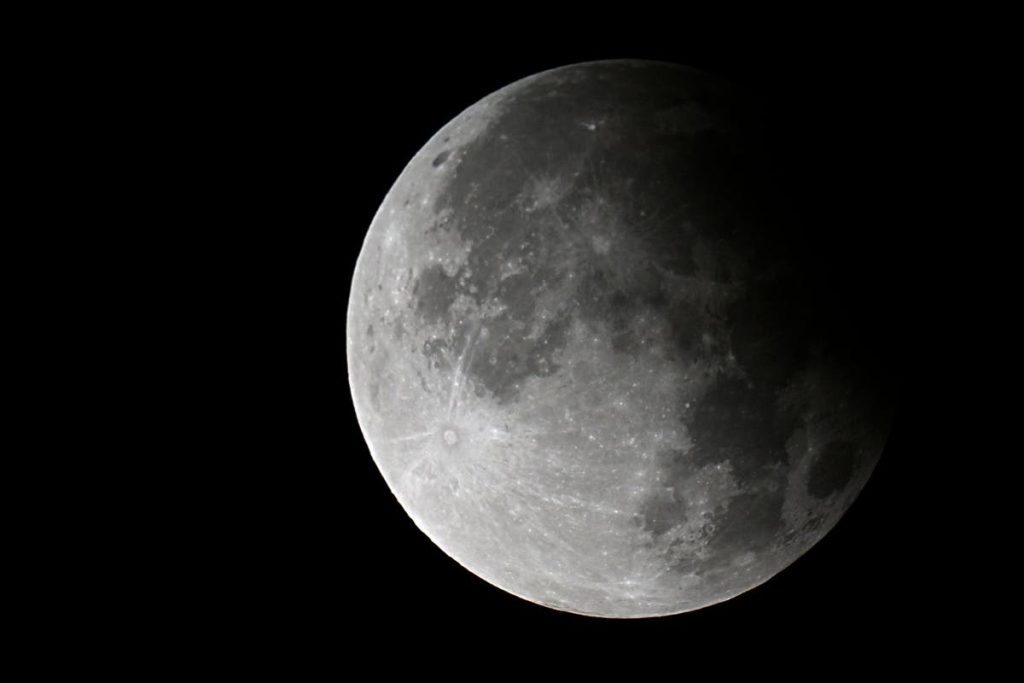Here’s all you need to know about supermoons and the Super Hunter’s Moon.
When this happens, the moon appears larger and brighter than a full moon. The term “supermoon” is not scientific but has become popular in describing this event.
Here are the key points about a supermoon:
- Perigee and apogee: The moon’s orbit around Earth is elliptical, meaning it’s not a perfect circle. When the moon is at its perigee, it is about 226,000 miles (363,300 kilometres) away. When it’s farthest (apogee), it’s around 253,000 miles (405,500km) away. A supermoon occurs near perigee.
- Appearance: During a supermoon, the moon can appear up to 14 per cent larger and 30 per cent brighter than when it’s at its apogee, though the difference can be difficult to notice without a side-by-side comparison.
- Frequency: Supermoons happen several times annually because the moon makes a complete orbit around Earth roughly every month. Not every full moon is a supermoon, only those that occur near perigee.
- Visual Impact: The visual impact of a supermoon can be most noticeable when it’s rising or setting, due to the moon illusion. This psychological effect makes the moon appear even larger when it is close to the horizon.
In summary, a supermoon is simply a full moon that happens when the moon is closer to Earth than usual, making it look bigger and brighter in the sky.
When is the next supermoon in 2024?
The next supermoon — the last of 2024 — will be visible on the evening of Thursday, October 17.
Why is it called the Hunter’s Moon?
The Hunter’s Moon, also known as the Hunter’s Full Moon by ancient Native American tradition dating back to 1710, signalled the time to go hunting in preparation for winter.
The moon’s bright light helped hunters track and catch prey as autumn passed, giving them the nod to prepare for the colder months ahead. It’s a fascinating reminder of how closely people once lived with the natural cycles.
Different Native American tribes have called October’s full moon the Blood Moon, Travel Moon, or Dying Grass Moon, each reflecting a significant seasonal transition.
How can I see the Super Hunter’s Moon?
To see the Super Hunter’s Moon effectively, here’s a step-by-step guide to help you enjoy the experience:
- Ensure that the weather forecast predicts clear skies for the night of the moon. Clouds can obstruct your view, so plan your viewing.
- Download an app to track the moon’s phases and get notifications about the Hunter’s Super Moon. These apps can also provide the rise and set times for your location.
Bring the right equipment
- Binoculars or a telescope: These tools can offer a closer look at the moon’s surface features.
- Camera: Bring a camera or smartphone with a good zoom lens. A tripod can help stabilise your shots.
- Arrive early at your viewing location to settle and enjoy the scenery as the sun sets. The moon will be particularly stunning as it rises, so keep your eyes on the horizon.
- Bring blankets, chairs, snacks, or drinks to make your viewing experience more enjoyable. It can be a great time to relax with friends or family while watching the moon.
- If you plan to take photos, consider using a long exposure setting to capture more details of the moon.
- Experiment with different angles and compositions to get the best shots.
When is the next supermoon in 2024?
The fourth and final supermoon of 2024 will be the Beaver Moon on Friday, November 15.
Previously, the Sturgeon Moon appeared on August 19 and the Corn Moon on September 18.

